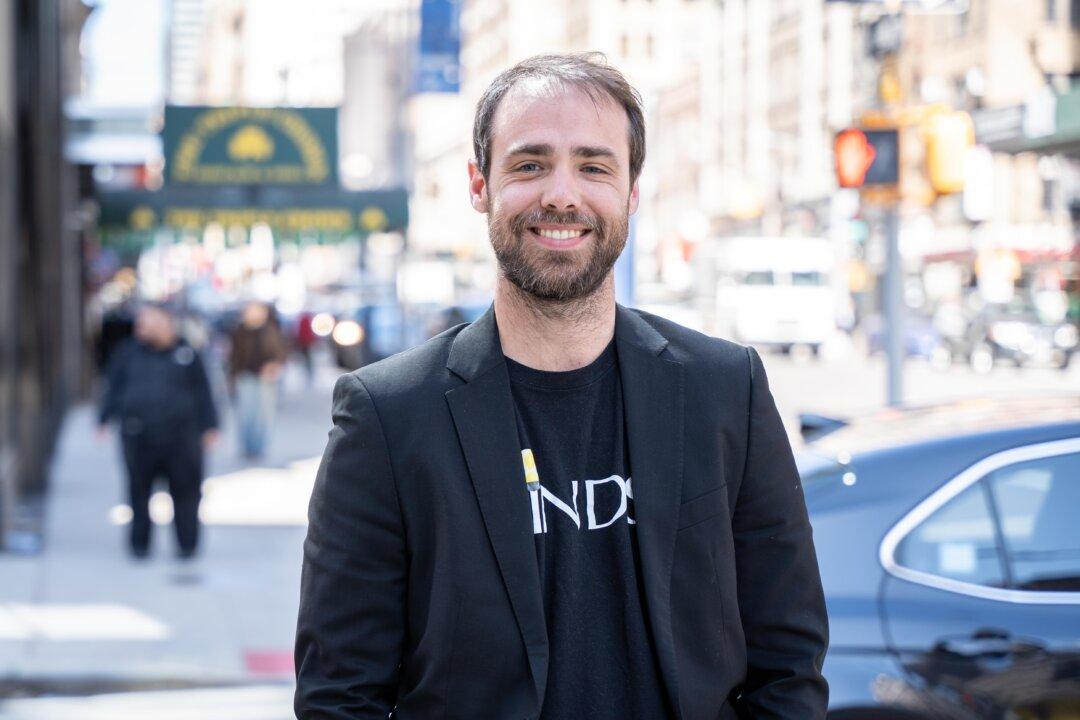It is inevitable that an open source system will take over social media, said Bill Ottman, co-founder and CEO of the Minds social media network. Minds is a free, open source, crowdfunded, and encrypted social networking platform.
Contrary to popular belief, open source media apps can be secured by licenses: they are resilient and censorship-resistant, Ottman argued.






